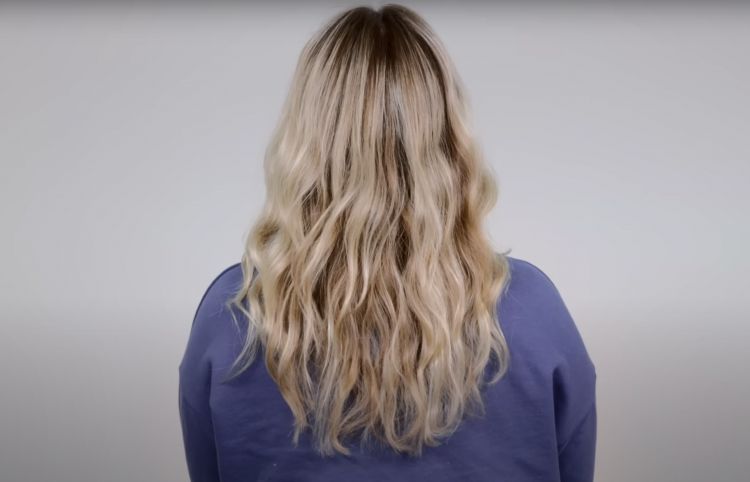Why Does My Hair Curl At The End?

Hair, the crowning glory of our appearance, can be a source of both pride and frustration. While we all have unique hair textures, one common concern that arises is the tendency of hair to curl at the ends.
This phenomenon, often referred to as “hair flip,” can be perplexing and even disheartening for those who prefer straighter locks. Understanding the underlying causes of this curling can help us navigate the path towards smoother, more manageable hair.
Factors Contributing to Curly Hair Ends
Several factors contribute to the development of curly hair ends, often working in tandem to create this unwanted texture. These factors include:
- Damage: Hair follicles, the tiny pockets in our scalps that produce hair, are susceptible to damage from various sources, including heat styling tools, chemical treatments, and excessive brushing. Damage to the hair follicles can alter the natural structure of the hair shaft, making it more prone to curling.
- Moisture Loss: Hair requires adequate moisture to maintain its strength and elasticity. When hair loses moisture, it becomes dry and brittle, making it more likely to break and curl. Factors like frequent washing, using harsh shampoos, and exposure to hot water or the sun can contribute to moisture loss.
- Natural Hair Texture: Genetics play a significant role in determining our hair texture. Individuals with naturally curly or wavy hair have hair follicles that are shaped differently than those with straight hair. These follicles produce hair that is naturally curved, leading to the appearance of curls or waves.
Combating Curly Hair Ends: Effective Strategies
While curly hair ends can be a persistent challenge, there are effective strategies to minimize their appearance and maintain healthy, manageable hair. These strategies include:
- Minimize Heat Styling: Excessive heat styling can damage the hair shaft, making it more prone to curling. Limiting the use of heat styling tools like straighteners, curling irons, and blow dryers can help protect the hair’s integrity.
- Use Gentle Hair Products: Harsh shampoos and styling products can strip away the hair’s natural oils, leading to dryness and breakage. Opt for gentle, sulfate-free shampoos and conditioners to keep your hair hydrated and protected.
- Deep Condition Regularly: Deep conditioning treatments provide intense hydration to the hair, helping to restore moisture and improve elasticity. Incorporate deep conditioning into your hair care routine once or twice a week for optimal results.
- Trim Regularly: Regular trims can remove damaged hair ends, preventing them from splitting and further accentuating the curl. Aim for trims every six to eight weeks to maintain healthy hair growth.
- Protect Hair from Environmental Factors: Shield your hair from harsh environmental factors like sunlight, chlorine, and saltwater. Wear a hat or scarf when outdoors, and rinse your hair with fresh water after swimming.
- Consider Professional Treatments: If curly hair ends are a persistent concern, consult a hairstylist for professional treatments like keratin or Brazilian straightening. These treatments can help relax the hair and reduce curl for a smoother appearance.
Conclusion: Embracing Your Hair’s Uniqueness
While curly hair ends can be frustrating, it’s important to remember that they are a natural part of some hair textures. Embracing your hair’s unique characteristics and implementing effective care strategies can help you manage curly hair ends and maintain healthy, beautiful hair.
By understanding the underlying causes and adopting a mindful approach to hair care, you can transform your relationship with your hair and enjoy its natural beauty.
